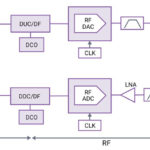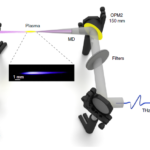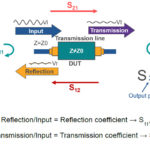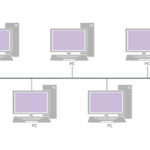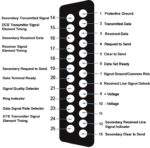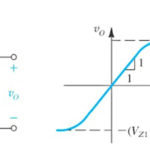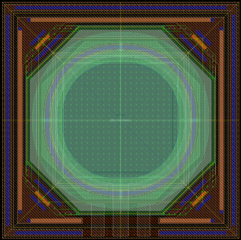 X-FAB Silicon Foundries has just introduced its latest generation of avalanche photodiode (APD) and single-photon avalanche diode (SPAD) devices.
X-FAB Silicon Foundries has just introduced its latest generation of avalanche photodiode (APD) and single-photon avalanche diode (SPAD) devices.
Leveraging its proven automotive-qualified 180 nm XH018 high-voltage process, X-FAB’s new APDs and SPADs benefit from innovative architectural modifications, with substantial improvements in performance exhibited compared with the company’s earlier devices (which were initially announced back in mid-2019). Consequently, they can be used in situations where there are light level challenges involved. However, footprint compatibility with the previous generation has been retained. This means that a simple and convenient upgrade path is assured, with no additional engineering work being required.
One of the areas in which the boost in performance is most noticeable is in relation to the photon detection probability (PDP). There is a 42% PDP figure for incident light at 405 nm, while further up the spectrum in the near-infrared (NIR) frequencies the improvement is as much as 150%, with a 5% PDP being demonstrated at 850 nm. An afterpulsing probability of 0.9% has been achieved which represents a 70% reduction compared to the first-generation devices. The dark count rate (DCR) is only 13 counts/s/µm². The fill factor (the percentage of these sensors’ surface area that is active) which can now be supported has almost doubled – reaching 33%.
As breakdown voltage characteristics can vary from device to device, an exact determination is necessary to ensure that good APD/SPAD performance is maintained. For this reason, X-FAB has incorporated a trigger diode – which allows precise, real-time on-chip breakdown voltage detection without an external light source. Active quenching circuitry is included, through which the rate at which the SPAD devices recover can be accelerated, allowing them to be made ready for further light detection. The new SPADs offer better application adaptation due to their size flexibility (in terms of both width and length). First-time-right design is supported by complete device models for the SPAD and APD devices. The behavior of the new built-in trigger diodes is included in the model.

